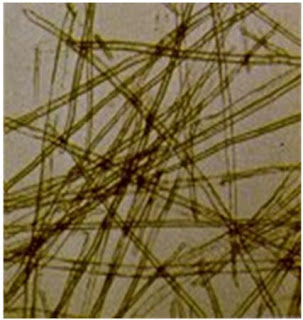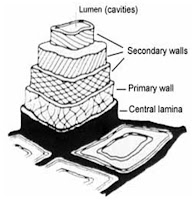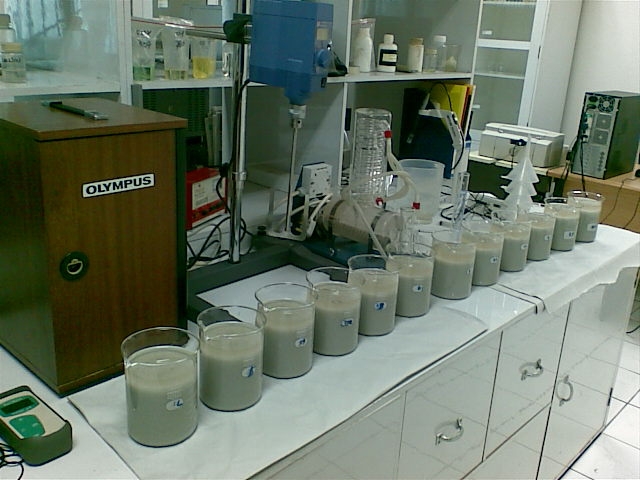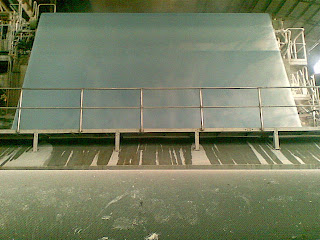Accurate control of ash content was the target when running out recycle paper stock preparation. When checking out total Consistency Transmitter at the outlet of DIP Chess before the last disk filter in the line. Ash Content contamination data trends are enough, But for stability on data trend will better. If ash content is outside the acceptable range, we can either adjust the settings in the screw press or adjust the mix of raw materials.
For some operators, they are really need to telling with early warnings of ash content variation in the stock entering the paper machine in order to attain 11% ash content. Because about 80% of production at the mill is Standard Newsprint. The other 20% is Improved Newsprint. All the raw material for production is recovered fiber, more specifically household wastepaper containing both newsprint and magazines.
Standard Newsprint produced at the mill has a brightness of 59% ISO, while the Improved Newsprint has a brightness of 68% ISO. Both grades have a targeted ash content of 11- 14%. When producing Improved Newsprint, household wastepaper containing more newsprint is added to the stock to counteract the high ash content of the household wastepaper containing magazines.
According to operators monitor the ash content trend to keep it between 15 and 16%. Depending on the trend, they take corrective actions. After the screw press, the targeted value is between 12 and 13 %. If we see that ash content is moving outside the acceptable range, we can either adjust the settings in the screw press or adjust the mix of newsprint and magazines in the mixing tank, Later on, we can intend to put the automatic control.
If the ash content of the pulping chest entering the machine is around 11 to 12% and is stable enough, operators can fine-tune the content to the specified level with the addition of calcium carbonate on the machine.
Stable ash content before the paper machine promotes stable retention and improves a number of quality factors such as opacity, caliper, strength, brightness and light scattering.











